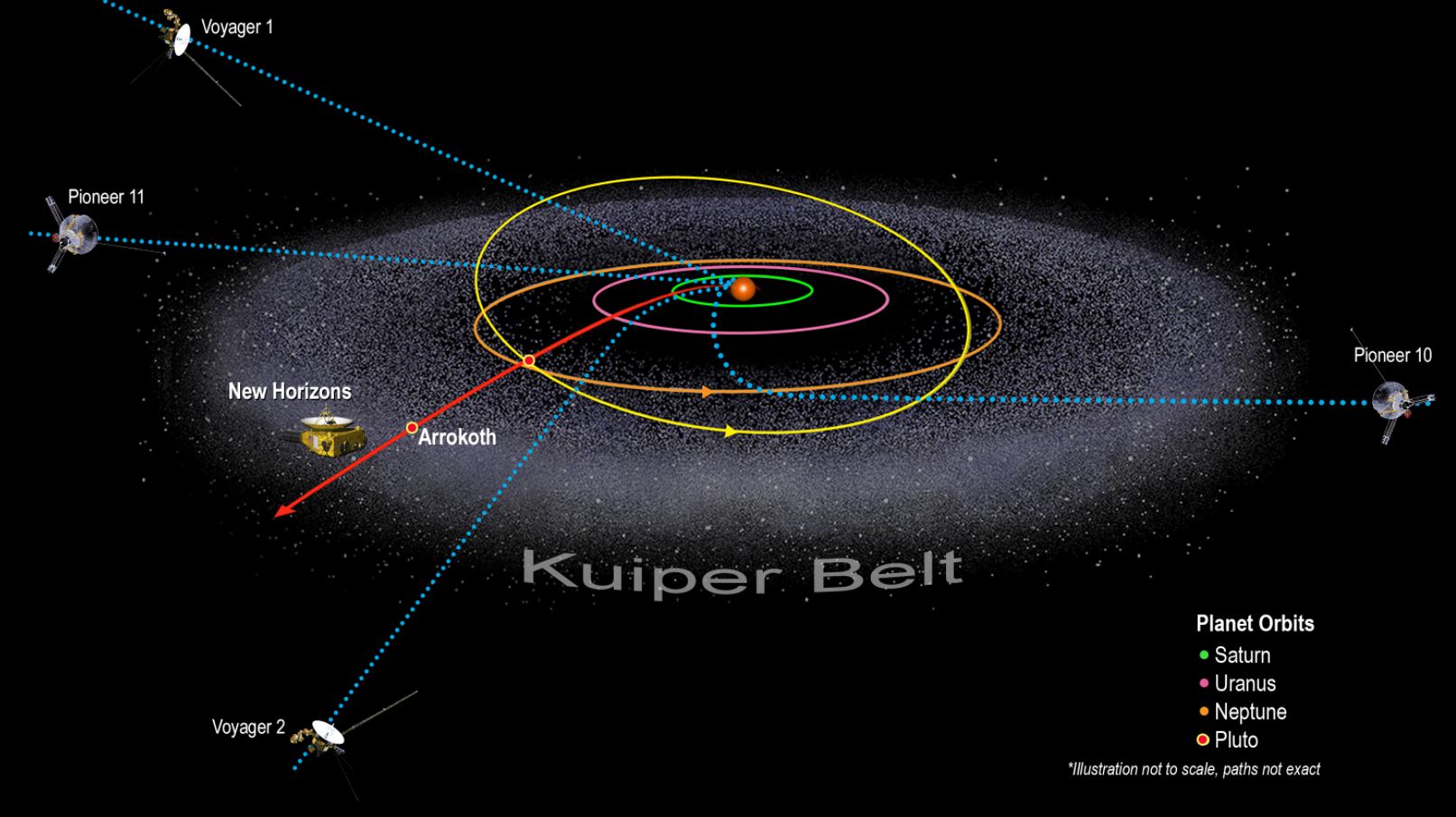In a recent study published in Science, a team of researchers at Imperial College London examined 18 meteorites containing the volatile element zinc to help determine their origin, as it has been long hypothesized that Earth’s volatiles materials, including water, were derived from asteroids closer to our home planet. However, their results potentially indicate a much different origin story.
“Our data show that about half of Earth’s zinc inventory was delivered by material from the outer Solar System, beyond the orbit of Jupiter,” Dr. Mark Rehkämper, a professor in the Department of Earth Science and Engineering at Imperial, and a co-author on the study, said in a statement. “Based on current models of early Solar System development, this was completely unexpected.”
Approximately 4.5 billions years ago, our solar system formed from the collapsed cloud of interstellar gas and dust, whose collapse has been hypothesized to come from the supernova explosion of a nearby star. Upon its collapse, the cloud formed a swirling and spinning disk of material, a solar nebula. Over time, the gravity and pressure at the center of the nebula eventually forced hydrogen and helium atoms to fuse, which birthed our Sun. The remaining material in the nebula formed the planets and moons we see today, with the rocky planets comprising the inner part and the much larger gas planets forming in the outer parts.
Since the Earth formed in this inner part of the nebula, the long-standing hypothesis has been the majority of the Earth-forming materials also came from the inner portion, as well, so this most recent research could help reshape our understanding of both the formation and evolution of our own solar system.
“This contribution of outer Solar System material played a vital role in establishing the Earth’s inventory of volatile chemicals.,” Dr. Rehkämper said in a statement. “It looks as though without the contribution of outer Solar System material, the Earth would have a much lower amount of volatiles than we know it today – making it drier and potentially unable to nourish and sustain life.”
For the study, the researchers examined 18 meteorites that originated from a variety of locales through our solar system, with 11 of the 18 coming from the inner solar system, and are known as non-carbonaceous meteorites. The remaining 7 of the 18 coming from the outer solar system and are known as carbonaceous meteorites.
The researchers discovered that while carbonaceous bodies accounted for only about 10 percent of Earth’s entire mass, this same material is responsible for about 50 percent of Earth’s zinc supply. The researchers say the high amount of zinc, along with other volatiles, could also contain a high amount of water, which could provide clues about the Earth’s water supply, as well.
“We’ve long known that some carbonaceous material was added to the Earth, but our findings suggest that this material played a key role in establishing our budget of volatile elements, some of which are essential for life to flourish,” Rayssa Martins, who is a PhD Candidate in the Department of Earth Science and Engineering, and lead author of the study, said in a statement.
For next steps in their research, the team will examine Martian meteorites, for which there are currently five known on Earth, along with Moon rocks, with the Red Planet being of interest since it once possessed liquid water billions of years ago.
“The widely held theory is that the Moon formed when a huge asteroid smashed into an embryonic Earth about 4.5 billion years ago,” Dr. Rehkämper said in a statement. “Analyzing zinc isotopes in moon rocks will help us to test this hypothesis and determine whether the colliding asteroid played an important part in delivering volatiles, including water, to the Earth.”
As always, keep doing science & keep looking up!

